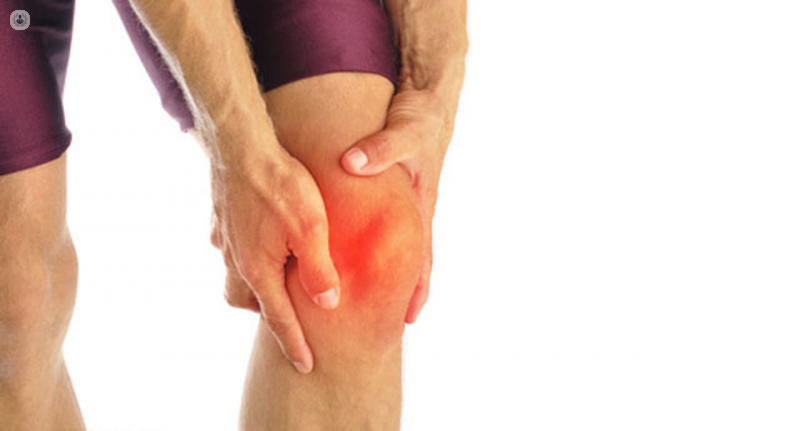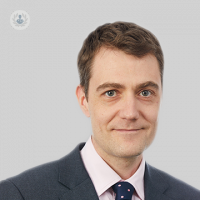Cartilage transplant techniques explained
Written by:Osteoarthritis affects a quarter of people over 50. It results from the gradual wearing down of the cartilage between joints. Cartilage is incredibly hard-wearing but can be injured in younger patients which prematurely begins the arthritis process. Unfortunately, cartilage does not regrow or regenerate. Thankfully, orthopaedic surgeons can now carry out cartilage transplants in appropriate patients.

The two-stage procedure
Over the last fifteen years, a technique of two-stage cartilage transplant has been developed. It heals the joint, relieves pain and restores function. It has a high success rate and delays the onset of osteoarthritis, preventing the need for a joint replacement. Firstly, the knee is examined telescopically. A small piece of cartilage is removed and sent to a laboratory where it is cultured for four to six weeks to increase the number of cartilage cells. The cells are then transplanted back into the damaged area of the knee where a new cartilage surface is created. The method is successful in relieving pain and restoring activity in younger patients. However it requires two operations, it is costly and the rehabilitation period before full activity is long, taking up to 12 months.
Using stem cells
More recently a novel, single-stage procedure has been developed for treating osteoarthritis using the patient’s own stem cells. The cells are taken from the patient’s bone marrow in the pelvis using a small needle and centrifuged in a special machine in the operating room. This provides a concentrated amount of stem cells, which are transplanted into the knee joint, creating new cartilage cells to repair the damaged part of the joint. Only one operation and hospital stay are required using this method, rehabilitation is accelerated and the procedure is more cost effective. This technique will also hopefully provide future possibilities for the treatment of other joints such as the hip, ankle and the upper limbs.


